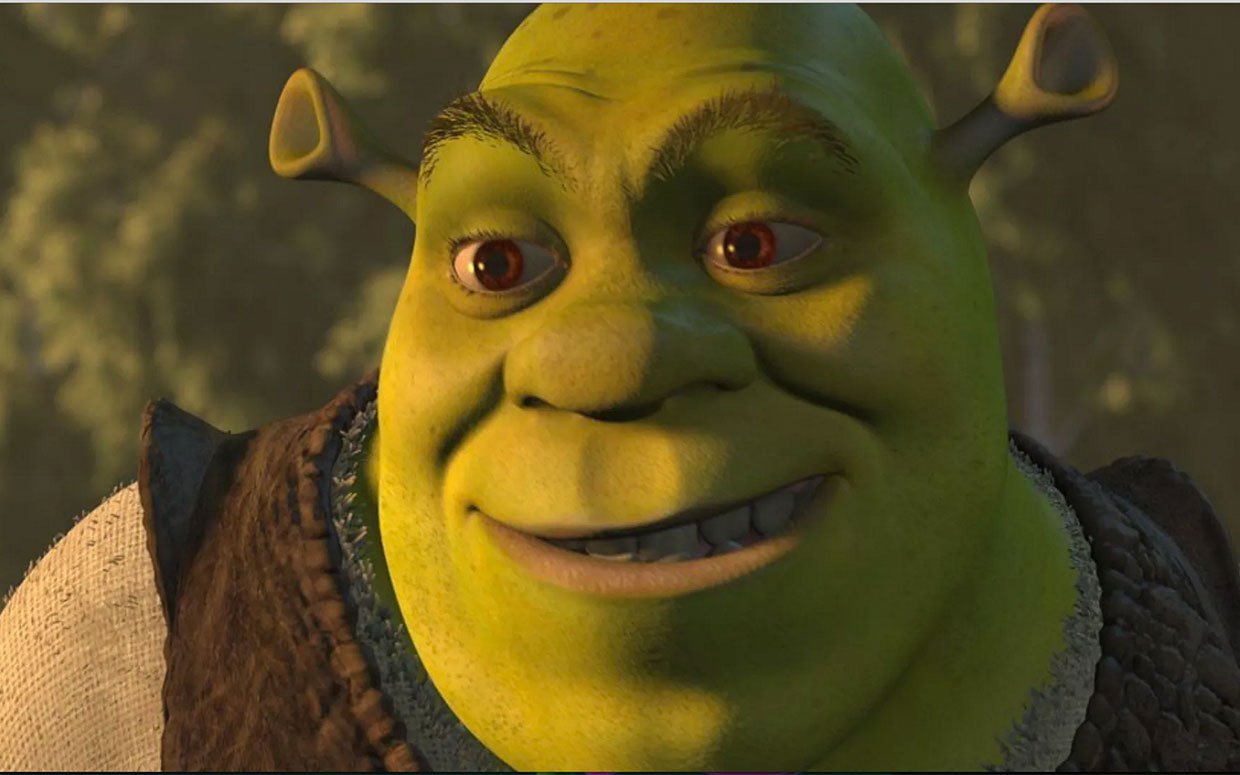Media shot types
- Extreme long shot (XLS)
An extreme long shot is normally either used to either show the isolation of the subject in the shot or used to show the scale of the scene to the audience. This is done by showing off the grandeur of the setting, and then often showing the subject as being small in comparison.
- Long shot (LS)
A long shot is normally used to establish the scene, showing the character clearly but also giving a large detailed view of the area they're in to the audience. This isn't necessarily to show size, but more to give the audience an idea of where they are and make them more familiar with the setting.
- Medium long shot (MLS)
A medium close up still gives details of the scene and setting while also becoming more focused on the character. It normally shows the character from the knees up and gives details of their posture, facial features and body language in relation to the scene and other characters.
- Medium shot (MS)
A medium shot still gives an idea of the characters physical appearance along with their body language, and normally is shot from the waist up and gives fair space above their head. For the most part it's used to link long shots and medium close-ups and other fairly drastic differences in shot as its rather jarring for the audience to cut from one to the other.
- Medium close-up (MCU)
A medium close-up is closer and gives semi-intimate detail of the character, and would normally comfortably fit the head and shoulders in frame. It is used both as the standard view of a newsreader and a shot to display conversations and reactions between characters. It gives the feel of a conversation between the audience and the character and helps the audience connect with the character.
- Close-up (CU)
A close-up shows primarily detail of an object or character, typically just showing the face. It's used to show the emotion and personality of the character in more detail to the audience and is normally used in conversations for that reason.
- Big close-up (BCU)
A big close-up shows as much detail on the subjects face as possible and normally just shows the forehead and just above the chin (specifically with the intention to show the 'social triangle' which consists of the eyes and mouth.). They're used to show a lot of emotion or prop details. It also is used to give the audience an intimate sense of emotion with the character.
- Extreme close-up (XCU)
An extreme close-up shows a lot of detail in something and goes far beyond what people normally see. It's normally used to invoke mystery or tension in the audience with how limited their view is.
- Long shot (LS)
A long shot is normally used to establish the scene, showing the character clearly but also giving a large detailed view of the area they're in to the audience. This isn't necessarily to show size, but more to give the audience an idea of where they are and make them more familiar with the setting.
- Medium long shot (MLS)
A medium close up still gives details of the scene and setting while also becoming more focused on the character. It normally shows the character from the knees up and gives details of their posture, facial features and body language in relation to the scene and other characters.
- Medium shot (MS)
A medium shot still gives an idea of the characters physical appearance along with their body language, and normally is shot from the waist up and gives fair space above their head. For the most part it's used to link long shots and medium close-ups and other fairly drastic differences in shot as its rather jarring for the audience to cut from one to the other.
- Medium close-up (MCU)
A medium close-up is closer and gives semi-intimate detail of the character, and would normally comfortably fit the head and shoulders in frame. It is used both as the standard view of a newsreader and a shot to display conversations and reactions between characters. It gives the feel of a conversation between the audience and the character and helps the audience connect with the character.
- Close-up (CU)
A close-up shows primarily detail of an object or character, typically just showing the face. It's used to show the emotion and personality of the character in more detail to the audience and is normally used in conversations for that reason.
- Big close-up (BCU)
A big close-up shows as much detail on the subjects face as possible and normally just shows the forehead and just above the chin (specifically with the intention to show the 'social triangle' which consists of the eyes and mouth.). They're used to show a lot of emotion or prop details. It also is used to give the audience an intimate sense of emotion with the character.
- Extreme close-up (XCU)
An extreme close-up shows a lot of detail in something and goes far beyond what people normally see. It's normally used to invoke mystery or tension in the audience with how limited their view is.








Comments
Post a Comment